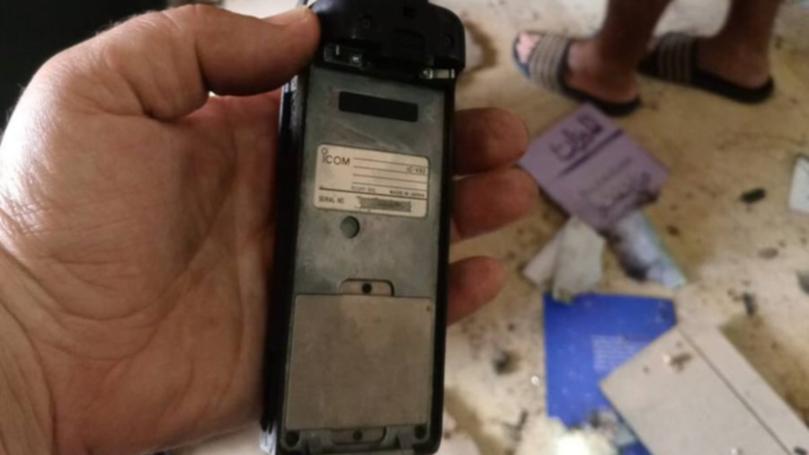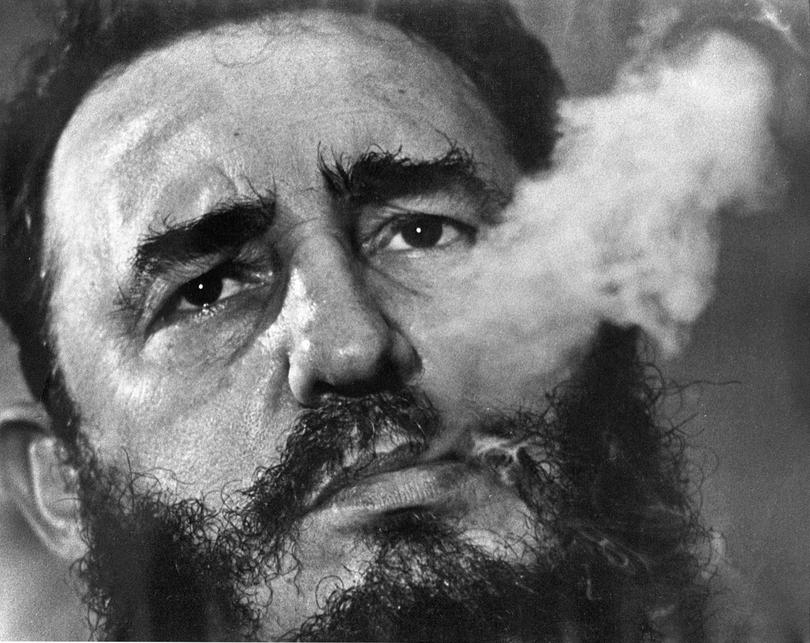Exploding pagers and walkie-talkies are the latest in a long history of killer gadgets being used on enemies

At least 20 are dead, and 450 others are injured after a second wave of deadly explosions targeting telecommunication devices used by Hezbollah militants rock Lebanon.
The attack comes a day after thousands of pagers, reportedly distributed among members of the Lebanese-based militant group, simultaneously exploded. Twelve people, including two children, died in that attack and at least 3000 more people were injured.
On Wednesday afternoon, local time, thousands of walkie-talkies used by Hezbollah operatives exploded, as well as phones and laptops. Lebanon’s state news agency reported that some home solar energy systems also exploded.
Sign up to The Nightly's newsletters.
Get the first look at the digital newspaper, curated daily stories and breaking headlines delivered to your inbox.
By continuing you agree to our Terms and Privacy Policy.Hezbollah has blamed the Jewish state’s spy agency Mossad for thee blasts, but Israel has declined to comment on either explosion.
The attack — by sabotaging telecom devices and, seemingly, household gadgets used by Hezbollah militants — seems like something out of a far-fetched spy movie. But history shows such “sophisticated” strikes are hardly unusual.
Such a “sophisticated” and deadly strike, as analysts have described the blasts, is just the latest example of the extreme, sneaky plots political and military rivals will devise to eliminate an enemy.
Could terrorists hack the Vice President’s pacemaker?
In a 2012 episode of the TV series Homeland, the fictional US Vice President William Walden dies after a terrorist hacks his pacemaker and instructs it to emit a lethal jolt of electricity.
A year later, real-world former Vice President Dick Cheney revealed that in 2007 he ordered his doctors to modify a replacement defibrillator implant to avoid a similar fate.
Mr Cheney’s cardiologist Dr Jonathan Reiner, told CBS he was “aware of the danger that existed” and found it “credible”. The doctors modified the new pacemaker to remove its wireless capabilities.
“It seemed to be a bad idea for the Vice President of the United States to have a device that maybe somebody in the next hotel room or downstairs might be able to hack into,” Dr Reiner said.
But experts have since debunked his fears, saying the chance of a successful attack on Mr Cheney or anyone else’s pacemakers would be “slim”.
Exploding chocolate: The Nazis’ plot against Winston Churchill
In the thick of World War II, the Nazis hatched a plot to kill their chief rival using the sweet treat he was known to love.
Bomb makers were hired to put together small but powerful explosives and hide them in the squares of a chocolate block to be delivered to the British Prime Minister.
Breaking off a corner square of the chocolate block would set off a timer to detonate the block moments later in hopes of killing him and anyone else nearby.
The plans for the deadly sweet apparently reached the stage of planning decoy branding — the bomb would be labelled Peters Chocolate in black and gold wrapping — but the plan fell apart as British intelligence quickly caught on and launched a campaign to warn Britons to beware certain snacks.
A few of the 600+ failed attempts to kill Fidel Castro

Notorious Cuban dictator Fidel Castro survived 634 attempts on his life, according to his former secret service chief.
America’s CIA and Cuban exile groups spent nearly 50 years devising ways to kill the communist leader — none of which worked, and some were downright absurd, but all deadly serious.
Perhaps the most famous, and earliest, came in 1960 when the CIA poisoned a box of Castro’s favourite cigars with a lethal dose of botulinum toxin. According to a senate committee, the cigars were delivered to an “unidentified person” in 1961 and disappeared.
Among the other plots unveiled over the decades include that to gift Castro, who was a known fan of scuba diving, a wetsuit. The suit was to be laced with a disfiguring Madura foot fungus and the mask with tuberculosis bacteria. But the suit was never delivered.
Another diving-related plan was to lure Castro toward a seashell planted by his enemies. The shell would need to be big enough to be loaded with explosives that, if he picked it up, would make a fatal explosion. But no suitable shell was found.
And in 1963, on the day US President John F Kennedy was assassinated, Castro survived a plot to kill him with a ballpoint pen rigged with a hypodermic syringe.
Russia’s poisoned teapot and poisoned umbrella attacks
Poison has long been the (alleged) covert weapon of choice for Russian targets, with a number of sudden international deaths blamed on chemical agents.
In March 2018, former Russian spy Sergei Skripal and his daughter Yulia were hospitalised after being exposed to the deadly nerve agent Novichok in Salisbury, England. A high concentration of the poison was found on the handle of Skrival’s front door.
Months later, in nearby Amesbury, Charlie Rowley and Dawn Sturgess were hospitalised after being exposed to Novichok hidden in a small perfume bottle they picked up at a park. Investigators said they were not a deliberate target.
But they were the just latest suspicious deaths on British soil from poisonings.
In 2006, former Russian spy Alexander Litvinenko died after drinking a cup of tea at London’s Millennium Hotel in Mayfair which was laced with radioactive polonium.
In 1978, in the thick of the Cold War, Bulgarian dissident Georgi Markov was killed after being stabbed in the leg by a specially adapted umbrella as he waited for a bus on Waterloo Bridge. A 1.7mm-wide pellet containing the poison ricin was later found in his skin.
His unknown assassin was thought to have been from the secret services in Bulgaria, which was at the time in the orbit of Soviet Russia.
Russia has denied any links with the deaths.
A poisoned ‘squirt gun’ that almost killed the future leader of Hamas
In 1997, Khaled Meshaal was a rising figure in Palestine militant group Hamas when Israeli Prime Minister Benjamin Netanyahu ordered his spy agency Mossad to kill him.
The hit was in retaliation for a deadly market bombing in Jerusalem that killed 16 people. The bombing was blamed on Hamas.
The plan was for two agents to intercept Meshaal outside the Hamas offices in the Jordanian capital of Amman and inject poison into his ear. Several accounts said the agents effectively used a covert squirt gun to administer the poison, which was slow-acting and dissipated quickly so as to avoid detection.
Jordanian police caught the Mossad agents, and Meshaal thought the attempt on his life had failed, but later that day he developed a severe headache and began vomiting. He was rushed to hospital and left in a coma.
Jordan’s then-Kind Hussein was so enraged by the strike he ordered Mr Netanyahu, who was then in his first term of government, to hand over the antidote — lest the agents be executed and Jordan scrap its peace treaty with Israel.
